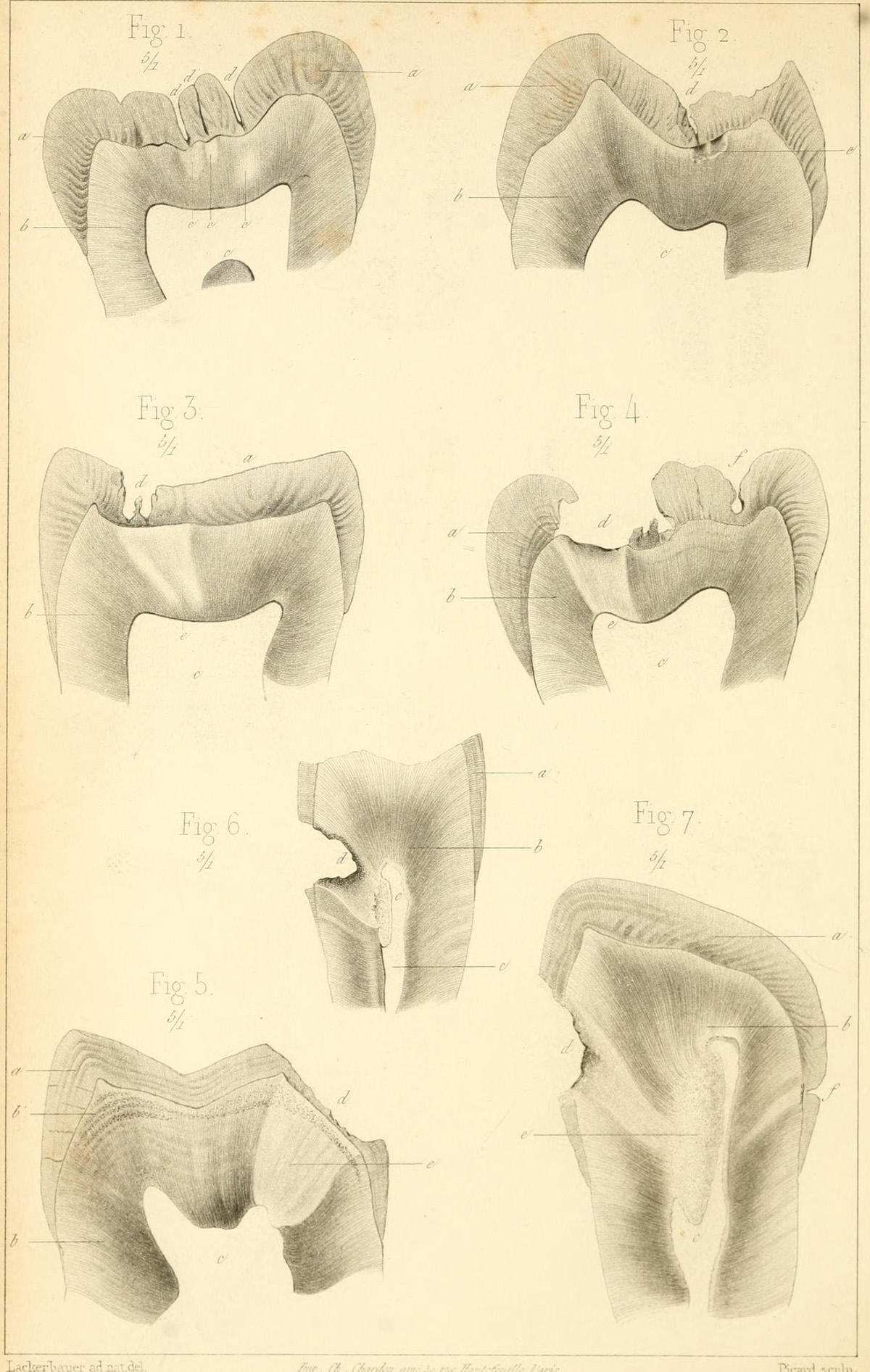
Thrush, also known as candidiasis, is a yeast infection that affects the skin and the mucus membranes of the mouth. Thrush is characterized by local inflammation and discomfort, and creamy white lesions, usually on the tongue or inner cheeks. Children, infants and people with a compromised immune system are at the highest risk of developing thrush. However, this infection can happen to anyone. The fungal infection is caused by Candida albicans, a diploid fungus that is a form of yeast. Thrush can affect various parts of the body: mouth, vagina, nipples, corners of the mouth, etc.
Is thrush contagious?
Candida albicans is a microorganism that is normally present in the mouth of each healthy human being. The fungus is also found in the human digestive tract. Strong immune system keeps the balance of all microorganisms at an optimum level. When there are certain imbalances in the environment in which the Candida grows, the microorganisms can proliferate uncontrollably and lead to infection. Certain illnesses, stress and medication can affect this balance in the body. Using corticosteroids, antibiotics and birth control pills, is associated with the higher incidence of oral thrush. Changes in natural balance of microorganisms may also occur as a result of various diseases such as diabetes, drug abuse, malnutrition, or immuno-compromising diseases such as AIDS.
If a person's immune system is strong, there is a very small chance of contracting oral thrush from another person. However, thrush is contagious between a breastfeeding mother and her baby. A mother can develop thrush in and around the nipples, while a baby usually develops thrush in the mouth.
Signs and symptoms of thrush
Most commonly, thrush causes redness, itching and discomfort of the skin. The localized infection of the skin or mucus membranes can affect the oral cavity, the pharynx or esophagus, the gastrointestinal tract, the urinary bladder or the genitalia. When it affects the vagina, it causes extreme irritation, itching and cottage cheese-like vaginal discharges. Oral thrush is characterized by creamy, white lesions on the tongue, inner cheeks and sometimes on the gums and tonsils. The lesions have a cottage cheese-like appearance. Lesions are easily removed, but they bleed slightly when one scrapes them or while maintaining normal oral hygiene. This causes a lot of pain to the patient. Among other symptoms, a patient may complain about a cottony feeling in the mouth, cracking at the corners of the mouth, and a loss of taste. Patients usually have difficulty swallowing and have a feeling that food is stuck in the throat or mid-chest area.



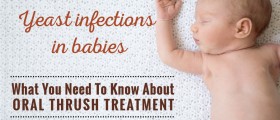


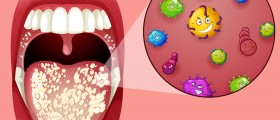


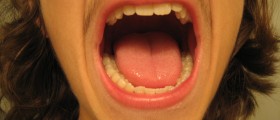




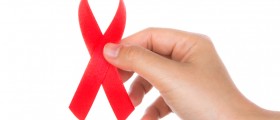


Your thoughts on this
Loading...